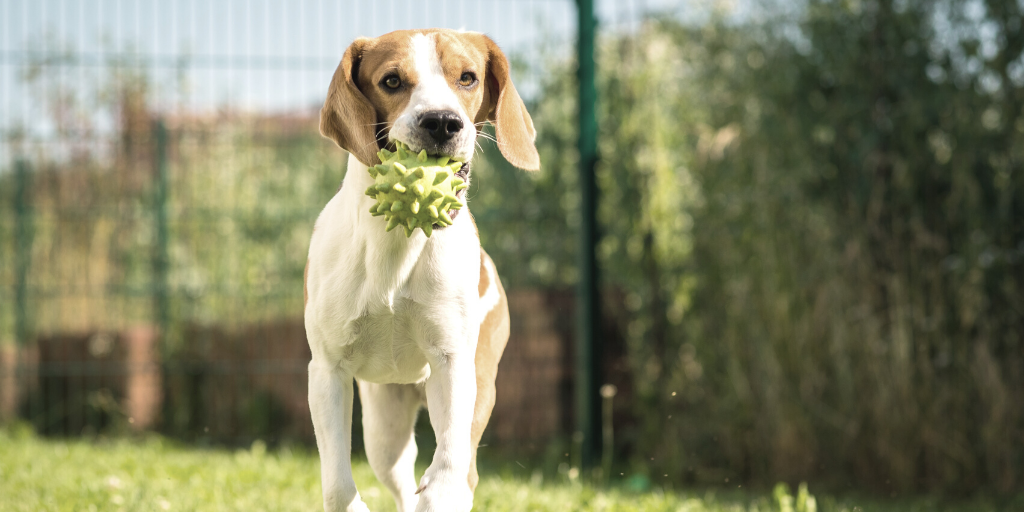The dog park is one of the closest things to doggy heaven on Earth (at least for social dogs). This is because it provides a place for your pup to both run off-leash and play with other dogs. But there are rules to abide by and proper etiquette to practice when it comes to the dog park. Here are some things to keep in mind when taking your pup to the park:
Dog Park Rules
The basic rules of the dog park are not very surprising. They promote safety and supervision, while covering liabilities. Typically, dog parks will have signs near the entrance to ensure that you see them and know what's acceptable. General dog park rules usually include the following:
- Do not bring your pup to the dog park if vaccinations are not up-to-date.
- Keep your dog on leash until you reach the designated off-leash area and have your leash accessible while there.
- Make sure your dog has a collar with proper ID tags and licenses.
- Pick up after your pooch and dispose of any waste in the trash.
- Don't bring dogs who are aggressive, unfriendly or quick to become cranky. If your dog is normally good with other dogs but has an issue with a particular one, intervene immediately and remove your dog from the area.
- Don't allow your dog to mount or hump other dogs.
- Don't bring unaltered dogs who are overly assertive or dominating or dogs in heat.
- Keep your dog under control - off-leash does not mean your dog can be out of control (e.g. try not to let your dog jump on people or other dogs).
- Don't bring food into the park.
- Don't take it upon yourself to train another person's dog. People have different methods of training and it's not your responsibility to do so.
- Enjoy at your own risk - the dog park will not take responsibility for injury or damage.
Just remember that each dog park will have its own specific set of rules, that may or may not include these word-for-word. But in general, these are the basic rules for dog parks.
Dog Park Etiquette
While it's necessary to follow the rules of the dog park, it's also important to practice proper dog park etiquette - which isn't written out on a sign. Some examples of expectations surrounding dog park behavior include:
- Try to teach your dog to enter the dog park calmly.
- If there are designated areas for different sizes of dogs, make sure your dog is in the appropriate size group.
- Don't bring your puppy until he or she is at least 12-16 weeks old and is up-to-date on vaccines.
- Don't bring your dog if he or she doesn't know basic obedience commands, such as responding to their name or a "come here" command.
- Avoid bringing toys or belongings that your dog is protective of (also known as resource guarding). And even if your dog is fine sharing things, this doesn't mean other dogs won't become protective of your pup's belongings.
- Leave children at home with a sitter, family member or friend. If you must bring your children, beware of their risk of injury as dog parks can be rambunctious places.
- Stay focused on your dog and aware of your surroundings; don't get distracted.
- Avoid bringing an under-exercised, over-excited dog to the dog park. Work with your dog prior to the park so they won't be too hyper or energetic.
- Don't bring anxious, fearful or aggressive dogs to the dog park.
- If a dog fight occurs, don't get in the middle, rather use other tactics to break it up.
- Don't use the dog park for training or therapy sessions.
- If possible, try to keep your dog away from the entrance when a new dog is about to come in to the dog park. This will give the new dogs some space and avoid any triggers caused by crowding or being overwhelmed.

